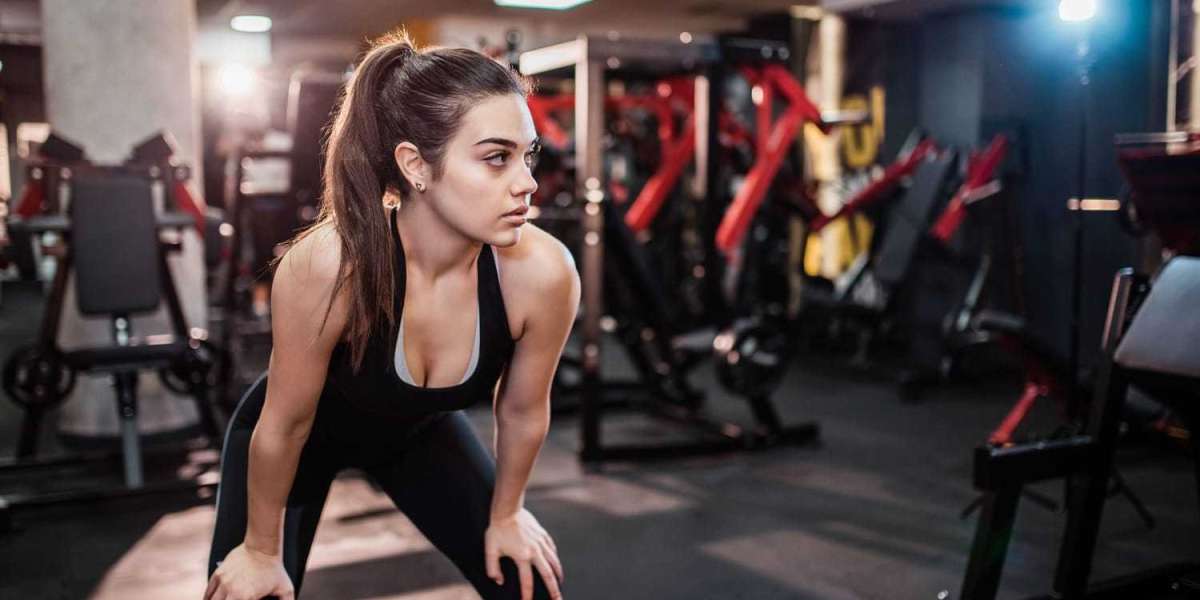Correct Dips on the Bars. Workout Program
What muscles are worked during dips?
For convenience, we will divide the working muscles into two groups: primary and secondary.
The main muscles are the ones that are strained the most, and that is what we want to work on, they are the main participants in the whole process. In dips, these are the pectoralis major, the anterior deltoid, the triceps brachii, and the elbow.
Additional muscles perform secondary functions of stabilizing the body and gripping the bars. In our case, these are the middle and back deltoid, trapezius, elbow flexor and extensor of the wrist, brachioradialis, extensor of the fingers, serratus anterior, rectus abdominis, and external oblique.
Pros and Cons of Dips
What do dips on the bars give? They shape the chest, develop the shoulders, and work the triceps well, which visually enlarges the athlete's arms. They improve results in bench press and standing barbell press. They increase the overall tone of the upper body muscles, because the exercise does not isolate a specific muscle group.
Push-ups are effective at any level of training. Professionals make it more difficult by using additional weights. Belts or vests with weights are great for this. For example, bars can be a good alternative to a barbell.
But there are also disadvantages:
This exercise is not suitable for everyone. The reason for this is the strong hyperextension of the shoulder during the exercise. It is not recommended for people with chronic dislocations and pain in the shoulder joints.
A strong rotation of the humerus during a "wide grip" is a surefire visit to the traumatologist. To avoid injury, make sure that the width of the bars is slightly wider than your shoulders.
Dips Variations
There are two different ways to do proper dips. They are done either to work the chest muscles or to work the triceps. Common mistakes occur when people confuse the two or try to mix them.
To begin with, use the technique with an emphasis on the triceps , not the pectoral muscles. In this case, the chances of getting injured are reduced. Once the technique is consolidated and the muscular corset is strengthened, you can easily do a variation of this exercise for working out the pectoral muscles.
Dips on the bars: technique and typical mistakes
Push-up technique, with emphasis on triceps
Take a support position on the bars. Lean on the bars with straight arms, fix your body vertically at the top point, feet do not touch the ground, body weight is evenly distributed between the arms. Cross your legs at the ankles.
As you inhale, slowly bend your arms until your shoulders are parallel to the floor, slightly more than 90 degrees. You don’t need to go lower, otherwise your pectoral muscles will be more loaded. It is very important to keep your elbows as close to your body as possible and not to spread them to the sides. Your gaze is directed forward, and your body is slightly tilted. Your attention should be focused on your triceps.
As you exhale, rise up from the bottom position.
Basic mistakes for this technique .
Deep Dip Down. If you are training your triceps, you don't need to go deep. Your hands physically won't be at armpit level unless you flare your elbows out to the sides. This is a deep push-up technique for your chest, not your triceps. Your arms should bend slightly more than 90 degrees.
Too fast execution. No need to chase the number of repetitions. Measured execution of the exercise will bring more results and fewer injuries. The best result will be if you spend a second on lowering, a second on lifting with a short delay in the lower position and fixation for a second in the upper position.
Leg movements or torso rotations. These are typical mistakes when you have difficulty doing dips. Make sure you do it cleanly, reduce the number of repetitions if necessary, or use preparatory exercises.
Push-up technique, with emphasis on the pectoral muscles
Take a support position on the bars. Lean on the bars with straight arms, fix your body vertically, feet do not touch the ground, body weight is evenly distributed between the arms. Cross your legs at the ankles.
As you inhale, bend your arms until your shoulders are below your elbows. Keep your elbows as wide as possible. This deep descent will allow you to fully engage your pectoral muscles.
Your body bends and your gaze is directed downwards to engage the lower pectoral muscles, for this purpose your chin is pressed to your chest. Your attention should be focused on your chest and its stretching. Do not try to pull it too hard. You should control the stretching of your chest and lower yourself gradually.
As you exhale, slowly rise up from the bottom position. But do not straighten your arms completely, do not fix at the top point, but immediately go down. This will allow you to leave the pectoral muscles under load and not lose the correct body position.
Basic mistakes for this technique.
Fast execution. The speed of ascent and descent remains the same, per second, only without delays in the upper or lower position, no need to hurry, attention to the chest muscles.
Shallow descent down. Insufficient depth of push-ups does not give effect, and can harm you. You do not load the chest muscles, and in addition, the antagonist muscles of the back do not develop, which can lead to slouching. Do not try to go deep right away. Do it gradually, controlling the stretching of the chest.
Preparatory exercises
Can't do dips correctly? These exercises will prepare you for the dips: regular and wide dips, bench dips with hands behind you. The next step is to do the exercise correctly, but the range of motion is shorter - the arms bend less than necessary.
Dips Program
If you want to increase the number of repetitions in push-ups, the best way is to use a ladder in the sets. For example, your maximum result is 5 times. The ladder should look like this:
1 time – 2 times – 1 time. (1 set)
1 time – 2 times – 3 times – 2 times – 1 time (2 sets)
1 time – 2 times – 3 times – 4 times – 3 times – 2 times – 1 time. (3 set)
There should be no rest between repetitions. Rest between sets is 1 minute.
If you do up to 10 reps, then use this scheme with a ladder, and bring it up to 4-5 sets. If you do 10 - 15 reps and higher, then use a ladder from 5 reps:
5 times – 6 times – 5 times, etc.
But a more effective way would be to create a training program that includes all muscles - this will lead to results much faster, will give more harmonious and safe for health, development. We offer you a basic training program for beginners, with a minimum amount of inventory.
Monday.
Warm-up .
Dips on the bars. Ladder.
Pull-ups . Horizontal pull-ups. Ladder.
Push-ups. 3 sets
Cool down , stretch.
Tuesday. Rest
Wednesday.
Warm-up.
Dips, pull-ups. Ladder.
Plank . 3 sets of 1 minute.
Crunches. Scissors. Leg raises. 3 sets.
Hyperextensions. 3 sets.
Cool down, stretch.
Thursday. Rest.
Friday.
Warm-up.
Squats . 3 sets.
Calf raises. 3 sets.
Bulgarian split squats. 3 sets.
Cool down, stretch.








